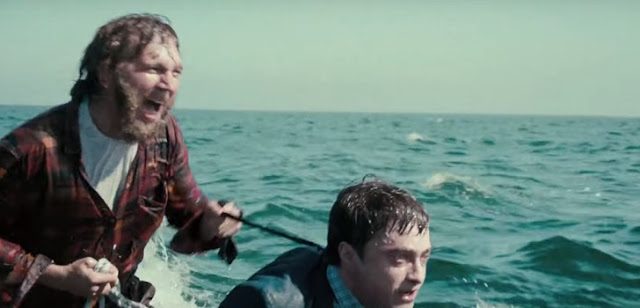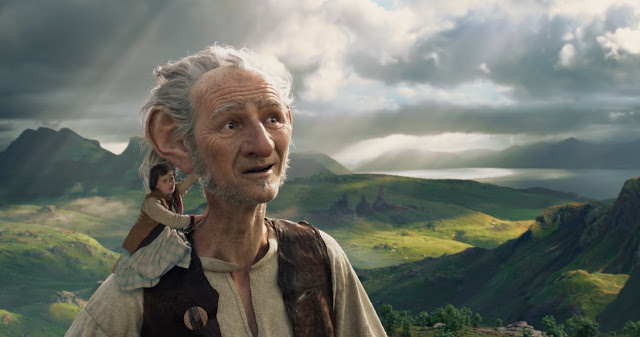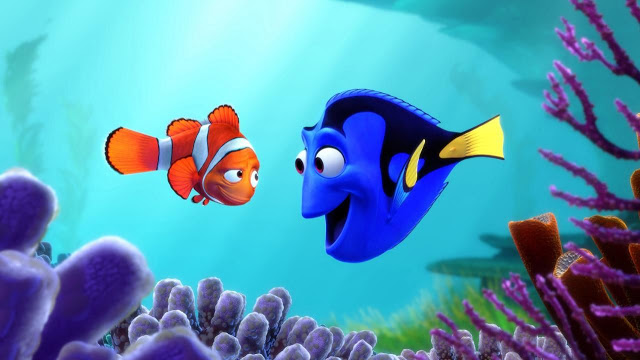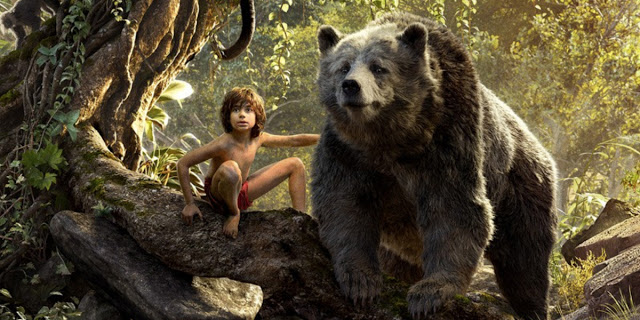Swiss Army Man: A Story of Adventure, Friendship, and Farts
“The big bucks are in dick and fart jokes,” Ben Affleck’s character memorably quipped in Chasing Amy. Something tells me that he wasn’t thinking of Swiss Army Man, an aggressively absurd, surprisingly saccharine comedy from the writer-director team of Daniel Kwan and Daniel Scheinert (aka Daniels). This bizarre movie, with its gigantic premise and diminutive budget, does not possess a commercial bone in its proudly misshapen body. But for all its surface weirdness and gross-out humor, Swiss Army Man proves to be a fairly conventional story of isolation and redemption, with broad themes that would fit snugly inside a Disney film. It’s standard self-help shtick, only with more farts and boners.
The source of both is Manny (Daniel Radcliffe, continuing to do his utmost to distance himself from his signature screen persona), a waterlogged corpse whom we first see washing up on a remote beach. His arrival interrupts the attempted suicide of Hank (Paul Dano), a bearded loner who, believing himself to be marooned on this tiny spit of land, has given in to despair. Manny is hardly a good candidate to improve his circumstances, given that he is dead. But in death, he has acquired a peculiar superpower: He can pass gas on command, and his flatulence is so powerful that he can serve as a sort of catatonic motorboat. And so, Hank straddles Manny’s lifeless body, pulls down his pants, and rides him off toward the mainland “like a jet ski”. (If only Manny had appeared off the coast of Mexico instead of California, he would have made poor Blake Lively’s life a whole lot easier.) Read More





